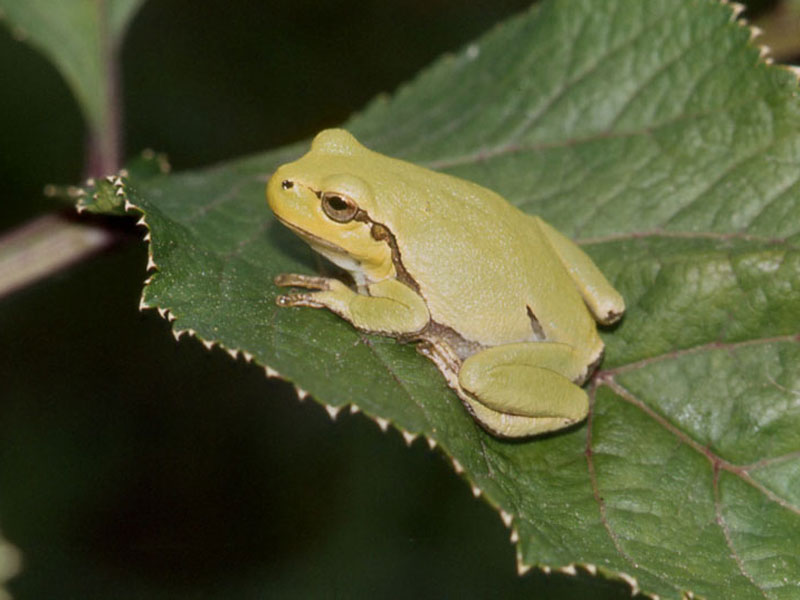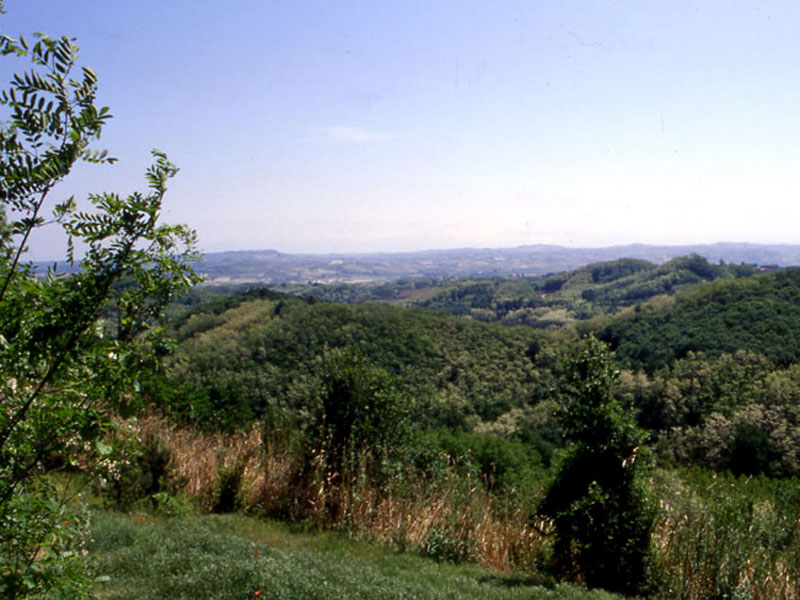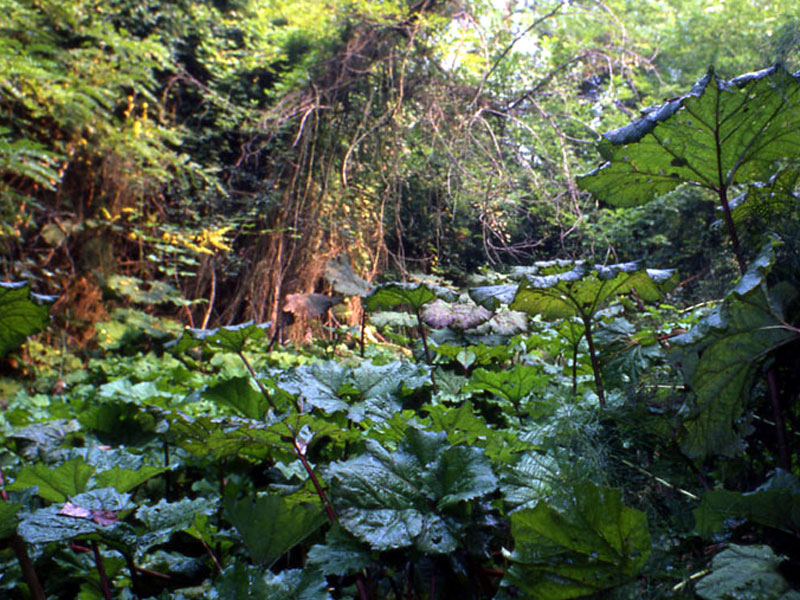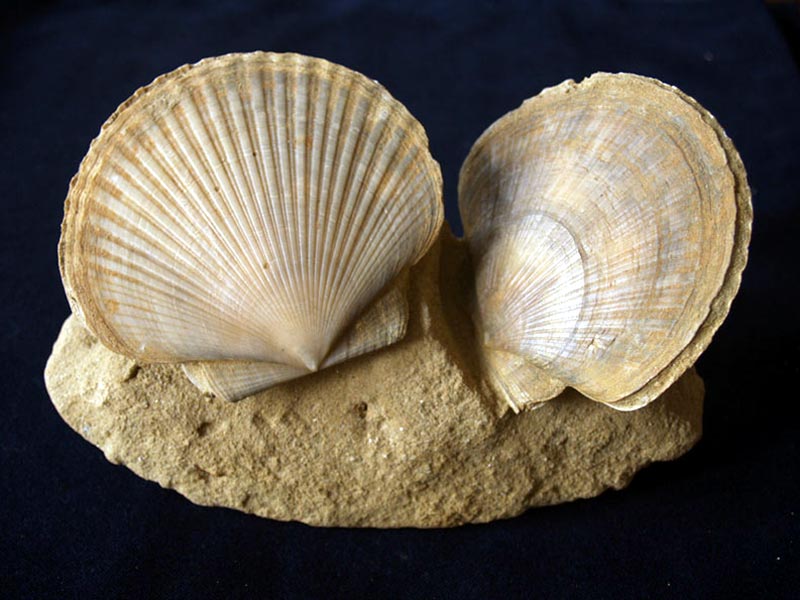Protected Areas
Identity Cards
- Aree Protette Astigiane :
- Regions: Piemonte
- Provinces: Asti
- Park Authority: Ente di gestione del Parco Paleontologico Astigiano
- Managed protected areas
- Parco Naturale Rocchetta Tanaro
- Riserva Naturale degli Stagni di Belangero
- Riserva Naturale del Rio Bragna
- Riserva Naturale delle Rocche di Antignano
- Riserva Naturale Paludo e Rivi di Moasca
- Riserva Naturale Val Sarmassa
- Riserva Naturale Valle Andona, Valle Botto e Valle Grande
- ZSC Rocchetta Tanaro
- ZSC Stagni di Belangero (Asti)
- ZSC Valmanera
- ZSC Verneto di Rocchetta Tanaro
Rocchetta Tanaro
(Nature Park)
The naturalistic value of the park is represented by the wood: a mixed oak wood whose dominant species are the sessile oak, the British oak, and the Turkey oak. The presence of four Quercus species favours the formation of several hybrids and intermediate forms which is difficult to catalogue. The chestnut tree and the false acacia are used as firewood, while in the past were mainly used for vineyard poles. The presence of the beech represents a residual of the beech woods spread around the area at the end of the last glacial era. In the underwoods there are the hazel, the ivy, and the honeysuckle.
Val Sarmassa
(Special Nature Reserve)
Among charming landscapes, the hills mainly covered with woodlands
alternate with meadows, fields, and vineyards. From a geological point
of view, the area is part of the Tertiary basin of Liguria and
Piedmont. There are several clayey and sandy outcrops rich in
paleontological finds: shells, mollusks, and sea mammals remains.
The territory also bears witness of its historical and cultural past:
first inhabited by prehistoric men, then by Sarmati tribe after which
the valley has been named, and in the Middle Ages a feud of the
Scarampi, Incisa, and Crova families. Val Sarmassa has been a source of
inspiration for a great journalist and writer of the post-war period,
Davide Lajolo. Born in Vinchio, he set many of his novels and essays in
these lands.
Valle Andona, Valle Botto, and Valle Grande
(Special Nature Reserve)
The protected area is divided into two valleys, submerged by the sea in very ancient geological periods. Today it consists of a hilly territory where wild valleys covered with woodlands follow one after the other. The establishment of the Reserve mainly aims at protecting the paleontological heritage represented by fossils which have been found in some sedimentary strata outcropping along the walls of the valleys. They date back to the Pliocene (5-1.8 million years ago), when the sea covered the whole Po Plain up to the Alpine chain. Valle Andona and Valle Botto Reserve, including now also Valle Grande, also offers the opportunity to carry out interesting naturalistic observations. The hilly slopes which were once mainy cultivated with vineyards are nowadays covered with black locust trees, hornbeams, and British oak woods. The undergrowth is dominated by hazelnut tree, spindle tree, honeysuckle, and traveller's joy.









